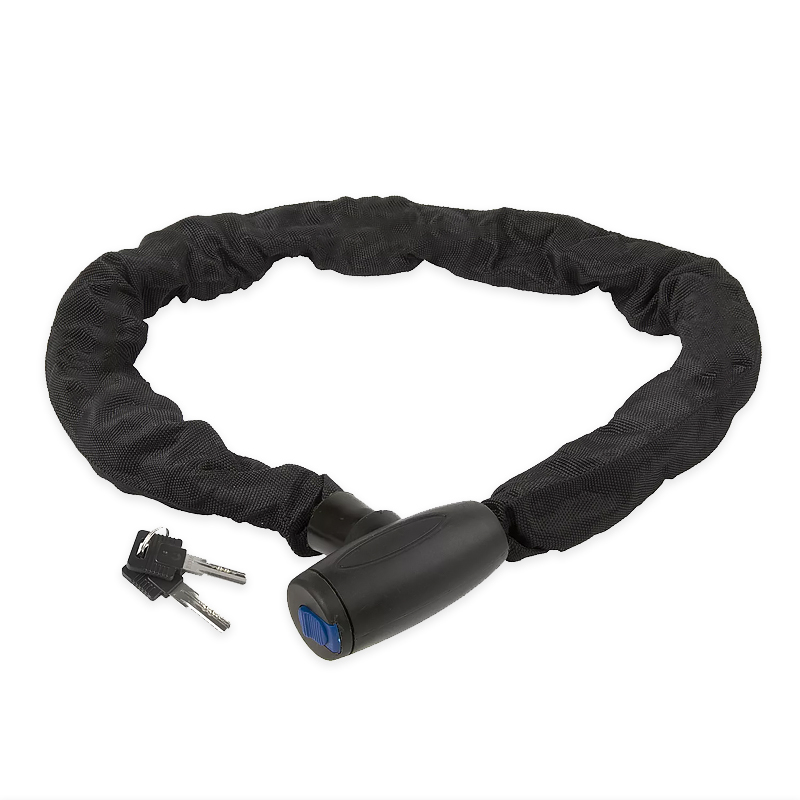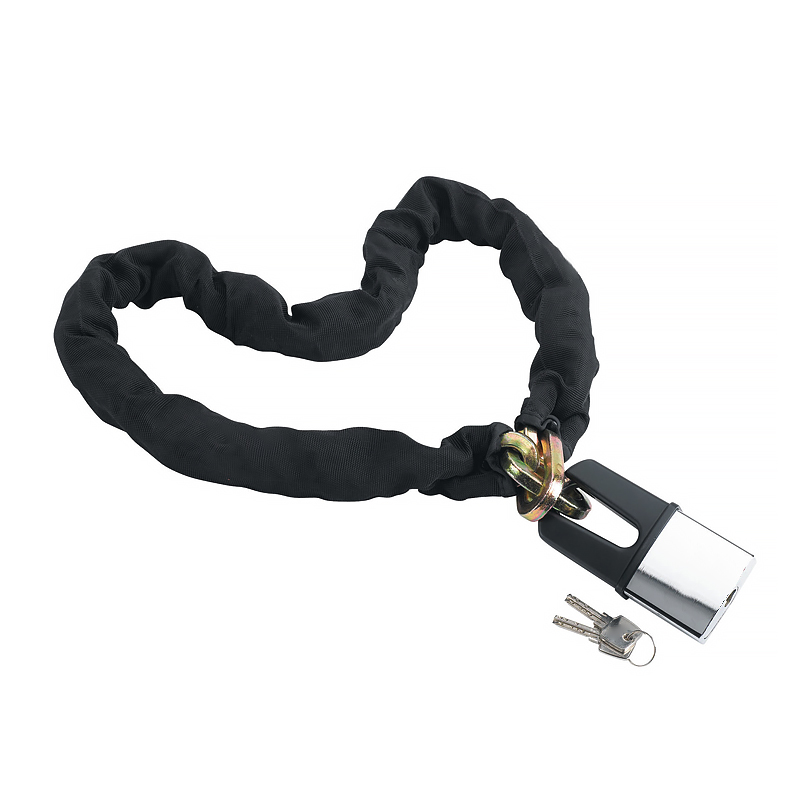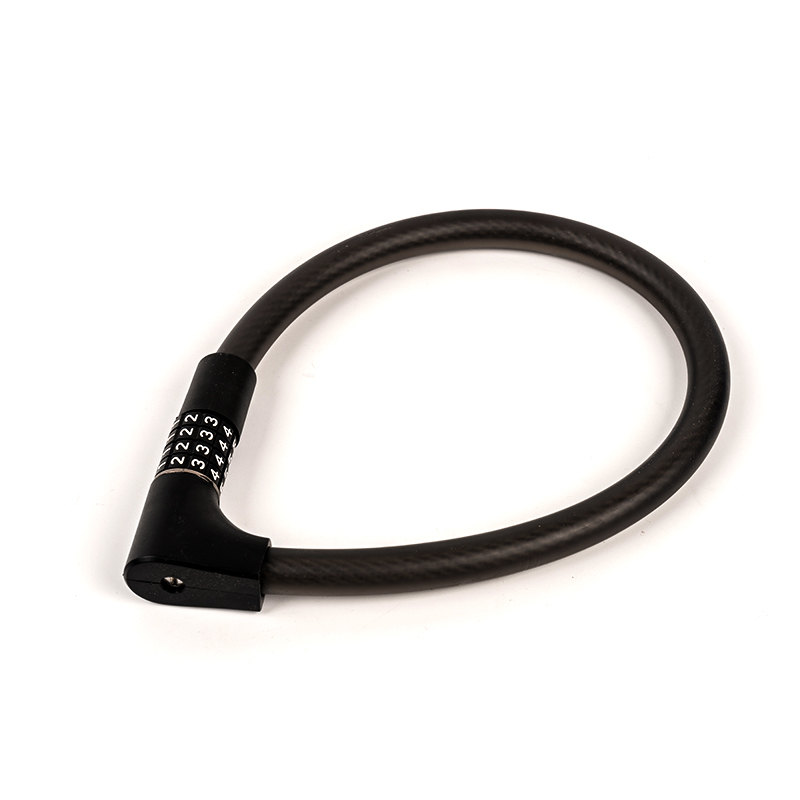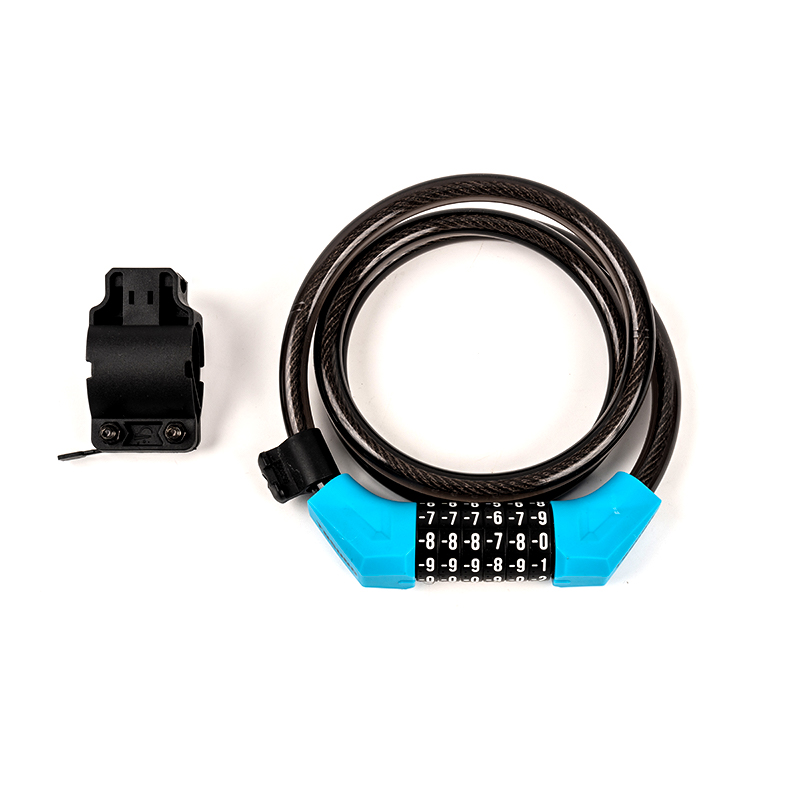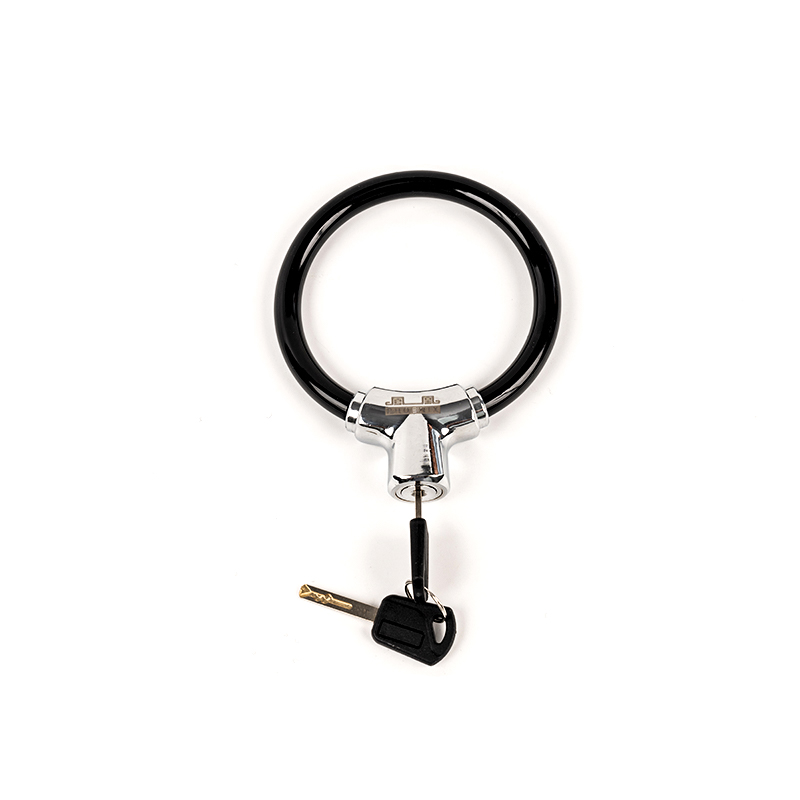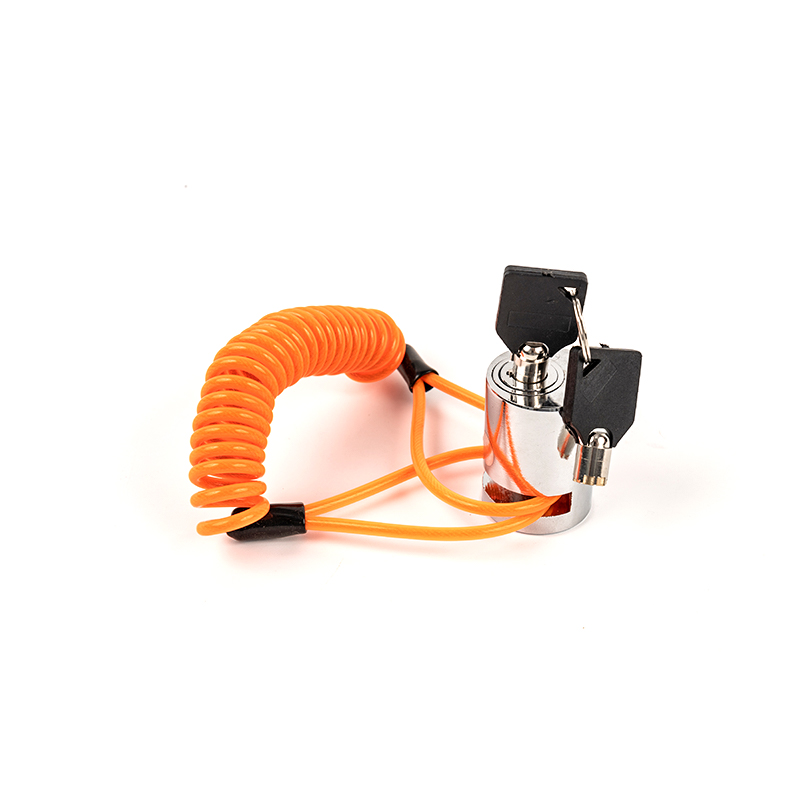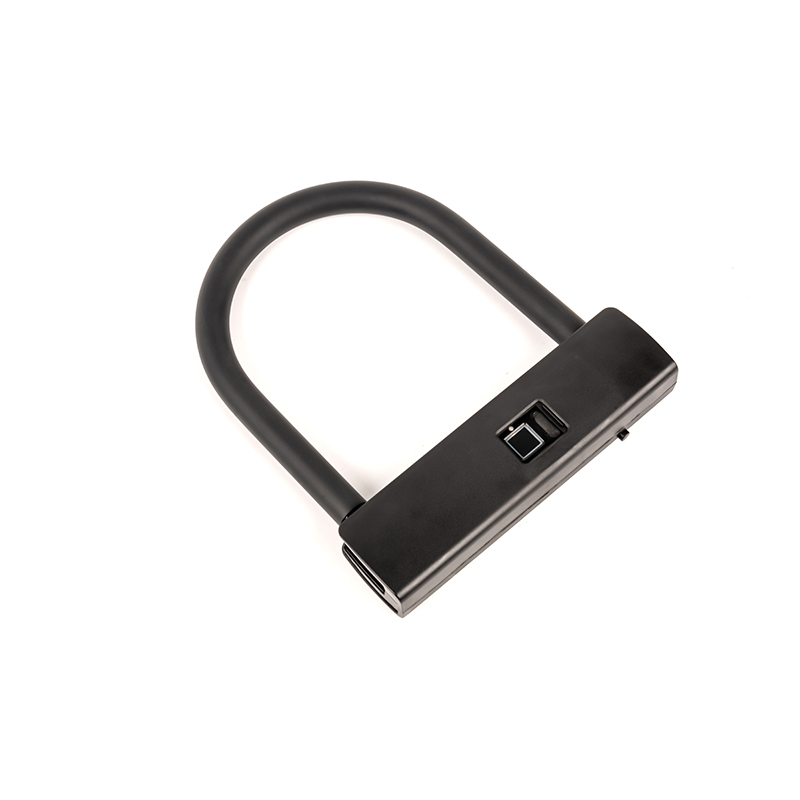Suitable Theft Prevention Scenarios for Chain Locks
Chain locks are protective devices consisting of a metal chain connected to a lock body. They are suitable for the following typical theft prevention needs:
1. Residential Doors and Windows: Installing chain locks at the entrances to living rooms, bedrooms, or balconies can prevent unauthorized entry while maintaining a slight opening angle.
2. Offices: Using chain locks on the doors of meeting rooms, offices, or laboratories allows for controlled access, preventing unauthorized personnel from entering.
3. Commercial Shops: Protecting shop back doors, warehouse doors, or display cases. The adjustable opening angle of chain locks balances customer convenience with the security of goods.
4. Public Facilities: School classrooms, library reading rooms, hospital wards, and other places where access needs to be restricted while maintaining visibility.
5. Outdoor Structures: Park gates, community gates, temporary sheds, or warehouse entrances. The durable metal chains of chain locks can withstand weathering and provide long-term protection.
How to Properly Install Chain Locks to Ensure Maximum Security?
Proper Chain Lock Installation Steps (Ensuring Maximum Security)
1. Preparation: Check the thickness of the door frame or door panel to ensure it can accommodate the mounting holes for the lock body and chain.
Pre-drill holes in the door frame using a screwdriver or electric drill. The hole diameter should match the lock body bolt diameter to avoid loosening due to oversized holes.
2. Install the Lock Body (Outer Rose): Place the outer rose (outer shell) of the lock body on the outside of the door, ensuring the bevel of the latch faces the strike lip of the door frame so that the latch can smoothly enter the strike lip when closed.
Adjust the outer rose to center it on the door surface, ensuring the lock body is aligned with the door frame.
3. Secure the Lock Body: Use the bolts and nuts provided with the lock body to securely fasten the outer rose to the door frame. Tighten evenly to prevent the bolts from loosening.
4. Install the Inner Rose, Handle, and Chain: Install the inner rose, handle (knob), and chain sequentially from the inside of the door. The two ends of the chain are connected to the hooks of the inner rose and the latch of the outer rose, respectively.
Ensure the chain length is appropriate, maintaining moderate tension when the door is fully closed. Avoid excessive looseness, which could lead to prying, or excessive tightness, which could affect the normal opening of the door.
5. Install the Strike Plate. Install the strike plate on the door frame at the position corresponding to the latch, ensuring the latch accurately engages in the groove of the strike plate when closed. If the door frame is metal or a hollow metal door, ensure its strength is sufficient to support the lock body; add a reinforcement plate if necessary.
6. Functional Check. After closing the door, check if the opening angle of the chain lock meets the requirements (commonly 45°~90°), and confirm that the latch smoothly engages with the strike plate at each angle.
Pull the chain forcefully to verify the secure fixing of the lock body to the door frame, ensuring there is no looseness or wobbling.
7. Security Reinforcement (Optional). For locations with high security requirements, a pry-resistant steel plate or drill-resistant screws can be added between the lock body and the door frame to improve resistance to damage.

 English
English русский
русский Español
Español عربى
عربى
